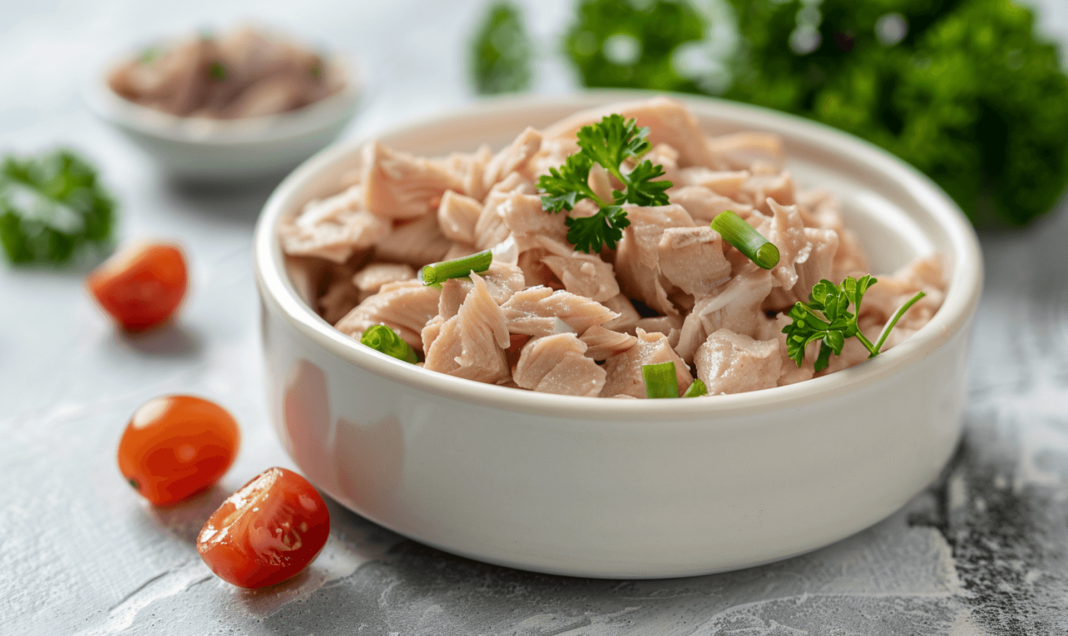The contents of this article are provided by the Pioneer Bird Blood Sugar Management Software! It helps you record blood sugar, blood pressure, and other health indicators, provides free samples of sugar-free foods, and customizes diet and exercise plans to accompany you in managing blood sugar.
As a nutritionist, I am well aware of the challenges in dietary management for diabetic patients. In this article, I will share some experiences and insights about diabetes and how to stabilize blood sugar through food. The following foods, known as “natural insulin,” will help you keep your blood sugar stable as a rock.
1. Dietary Challenges for Diabetic Patients
Diabetes is a chronic metabolic disease that requires long-term control of blood sugar levels. Dietary management is the foundation of diabetes treatment, and adopting appropriate dietary habits can help reduce blood sugar fluctuations. However, many patients have misconceptions about their diets, leading to poor blood sugar control. The following content will reveal how to stabilize blood sugar through food.
2. Comprehensive List of Natural Insulin Foods
Green Leafy Vegetables
Green leafy vegetables such as spinach, kale, celery, etc., are rich in vitamins, minerals, and dietary fiber, which have a good effect on regulating blood sugar for diabetic patients. Dietary fiber can slow down food digestion and absorption, lowering postprandial blood sugar peaks.
Consumption Recommendation: Diabetic patients should ensure an adequate intake of green leafy vegetables every day, which can be eaten raw, stir-fried, or made into soup. Pay attention to using less oil and salt during cooking to retain the nutritional content of the vegetables.
2. Lean Meat
Lean meats like chicken breast, fish, etc., are rich in high-quality protein that benefits diabetic patients. Protein helps enhance satiety and reduce postprandial blood sugar. Additionally, the chromium element in lean meats has a regulatory effect on sugar metabolism.
Consumption Recommendation: Diabetic patients can make lean meats a significant part of their daily diet, combining them with vegetables and whole grains for a more balanced nutrition.
3. Whole Grains
Whole grains such as oatmeal, brown rice, whole wheat bread, etc., are rich in dietary fiber, vitamins, and minerals. Dietary fiber can slow down the digestion rate of food, causing a gradual rise in blood sugar.
Consumption Recommendation: Diabetic patients can make whole grains a staple, moderately replacing refined grains. Oatmeal porridge, brown rice, etc., are excellent choices.
4. Bitter Melon
Bitter melon is called the “plant insulin,” as the bitter melon glycosides it contains have insulin-like effects, lowering blood sugar. Additionally, bitter melon has detoxifying, anti-inflammatory effects.
Consumption Recommendation: Diabetic patients can slice bitter melon, soak it in warm water, then stir-fry or eat it raw. Combining it with other vegetables enhances the taste.
5. Soybeans and Their Products
Soybeans and soy products like tofu, soy milk, etc., are rich in plant protein, dietary fiber, and minerals. The isoflavones in soybeans have a blood sugar-lowering effect, improving sugar metabolism.
Consumption Recommendation: Diabetic patients can consume soybeans and their products in moderation, but should be mindful of the intake amount to avoid digestion problems.
4. Dietary Combination and Blood Sugar Stability
Control Total Caloric Intake: Diabetic patients should reasonably control daily caloric intake based on their own conditions to prevent weight gain.
Low-fat, Low-salt Diet: Reducing fat and salt intake helps lower the risk of cardiovascular diseases.
Timing and Quantity: Maintaining regular eating habits, having three meals a day at the same time and in the right portions, helps stabilize blood sugar.
High-Fiber Diet: Increasing dietary fiber intake aids in lowering postprandial blood sugar.
Dietary management for diabetes is not fixed. Patients should adjust their dietary structure according to their conditions under a nutritionist’s guidance. The mentioned “natural insulin” foods can help diabetic patients stabilize blood sugar. However, food is not a substitute for medication entirely, and diabetic patients should use medication reasonably under a doctor’s guidance, regularly monitoring blood sugar levels.
Through scientific dietary management, diabetic patients can not only effectively control blood sugar but also improve their quality of life. Let’s work together to keep blood sugar as steady as Mount Tai and create a better future.


